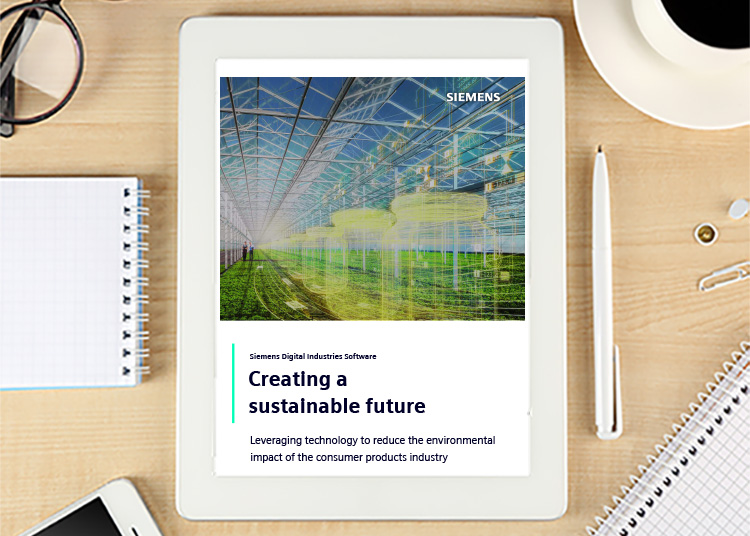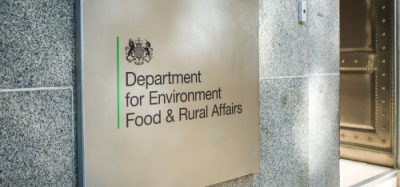Whitepaper: Creating a sustainable food system
- Like
- Digg
- Del
- Tumblr
- VKontakte
- Buffer
- Love This
- Odnoklassniki
- Meneame
- Blogger
- Amazon
- Yahoo Mail
- Gmail
- AOL
- Newsvine
- HackerNews
- Evernote
- MySpace
- Mail.ru
- Viadeo
- Line
- Comments
- Yummly
- SMS
- Viber
- Telegram
- Subscribe
- Skype
- Facebook Messenger
- Kakao
- LiveJournal
- Yammer
- Edgar
- Fintel
- Mix
- Instapaper
- Copy Link
Posted: 24 September 2021 | Siemens Digital Industries Software | No comments yet
Leveraging technology and design for sustainability to reduce the environmental impact of the consumer products industry.
Brands that adopt designing for recycling instead of developing for disposal can benefit from making advancements in critical areas. These areas include designing out of waste and pollution while creating a circular economy, reducing carbon emissions, making supply chains more transparent, helping to establish traceability, and minimising global food insecurity by preventing food waste. The intelligent and sustainable solutions mentioned are achievable with innovative green design.
Understand what makes a product sustainable and utilise green design innovation to help create a sustainable future.
Related content from this organisation
- Whitepaper: Multiphysics simulation software in food and beverage
- Whitepaper: Creating a sustainable food system
- Video: Coopers Brewery optimise laboratory operations
- Article: Manufacturers in the Food & Beverage Industry: how can you cope with your fast-moving environment?
- Application Note: How to cope in a fast-moving environment
Related topics
Food Safety, Health & Nutrition, Processing, Product Development, Quality analysis & quality control (QA/QC), Regulation & Legislation, Sustainability, The consumer










